Carbon management in tourism: SW UK low-carbon destinations

The UK most popular destination is probably the region in the world with the best developed destination carbon monitoring system
The issue
One of the greatest difficulties in achieving sustainable tourism, and low-carbon tourism in particular, is to mobilize stakeholders to achieve significant change at the destination level.
This is important, as the scale of change necessary to deal with climate change means that high stakeholder numbers need to become involved over a short period of time to achieve significant results .
Given the structure of the tourism industry, which mostly consists of small and medium-sized enterprises reaching out to hundreds or thousands of stakeholders simultaneously and convincing them to engage in restructuring and retrofitting is thus one of the key challenges that have to be addressed).
A precondition for change at the destination level is consensus that a low-carbon tourism system is desirable and feasible. Once there is agreement, the challenge is to develop strategies for implementing sustainable, low-carbon tourism. This involves guiding stakeholders and providing practical, comprehensible advice on how to adjust and restructure the tourism system.
The solution
The South West is the UK’s foremost holiday destination, receiving 96 million day visitors and some 20 million domestic and 2 million international tourists staying for at least one night, which together support about 260,000 jobs (South West Tourism 2009). South West Tourism (SWT) initiated a process towards sustain- able tourism development through publication of its regional strategy ‘Towards 2015’ in January 2005, which put sustainability at the heart of its tourism vision.
To actually implement the strategy, SWT started to recruit expert staff, in partnership with tourism businesses, visitors, and deci- sion-makers. In the period 2005–08, several programmes were developed in this respect. Key actions included an awareness campaign for businesses, ‘Action of the Year’, which focused on one theme per year, such as ‘saving energy’.
Within the ‘Action of the Year’ campaign, presentations to about 4,000 businesses were made. Furthermore, a green certification scheme already operating in Scotland and South East England was rolled out in South West England and, over three years, was joined by 500 businesses out of about 20,000 accommodation and attraction providers in the South West.
SWT also worked to integrate sustainability indicators in national quality stand- ards for tourism businesses, as well as tourism training courses, and produced a number of introductory publications on sustainability issues for tourism businesses. These were backed up with workshops and assistance schemes for sub- regional destination managers. A communication strategy for visitors was developed in partnership with Sustainability South West, an awareness-raising charity, including room cards with sustainability messages. SWT also started to offer a wide range of documents on its website, helping businesses to reduce energy and resource use.
Emma Whittlesea, Sustainability Strategist for SWT, points out that it is paramount to actively promote these resources to stakeholders, emphasizing that they are provided free of charge. All costs act as a significant barrier to progress, which is for instance a significant constraint for interest in certifica- tion schemes, even though costs are comparatively low. She adds that for tourists, green credentials of a business are not necessarily influencing choices, but are seen as an important addon:
“There are real difficulties in tracking the impact [of work towards sustainability] on visitor numbers. This is because visitor surveys show that it is part of the overall decision making process rather than something that is the top decision making factor. … However, there is starting to be evidence that those with green certification have higher occupancy levels than those of the same quality grading. … for most visitors [green certification] is considered as an expectation, added bonus or an element of quality …”
More recently, SWT has focused on calculating and monitoring progress towards sustainability. Specifically, this includes scenario planning as a tool to understand the environmental consequences of various development paths, and the development and dissemination of tools to help stakeholders make sustainable decisions. In cooperation with the Stockholm Environment Institute (SEI), SWT developed the Resource, Energy and Analysis Program (REAP) for Tourism, a tool to assess the environmental impact of visitor and tourism activities. REAP Tourism is a software tool designed for destinations and was launched in February 2009.
REAP is based on national GHG accounts, which are broken down by industrial sector. Using input-output analysis, the environmental impact associated with a unit of final demand (e.g. an additional visitor day) can be calculated.
This impact takes into account the full supply chain of manufacturing a product or supplying a service. In effect, this allows comparison of impact (measured in t CO2) with spending (in pounds sterling) on goods and services. The model can be used to calculate how tourist spending on different goods and services translates into emissions of CO2, also allowing for a calculation of the carbon footprint of individual activities or tourism products.
As a crucial step, results are then compared to sustainable emissions. For this purpose, global sustainable emissions per year are defined by the SEI at 2 t CO2 per capita per year, or 5.5 kg CO2 per day.
To estimate the carbon footprint of visitors to the South West, emissions data for transport, accommodation, food and catering, shopping, attractions, events, services and activities was assessed and fed into the software tool REAP Tourism (REAP Tourism 2009). The tool allows quantification on the basis of CO2 and for GHGs uses CO2-eq, but also considers three other environmental measures, the ecological footprint in global ha (gha), kg waste, and litres of water used, as alter- native parameters. The impact can be displayed as a total of all tourism, or on a ‘per tourist per day’ basis. The tool also allows investigation of various scenarios for tourism development by changing visitor spending patterns or tourism travel (distance/mode), accommodation choices and activities.
Changes in terms of emissions and spending growth/decline can thus be compared to different development options – essentially a form of scenario planning.
Results for 2006, the base year for calculations, show that emissions from tourism in the South West are considerable (almost 7 Mt CO2), with significant differences between the counties in the South West. However, as these results could be attributed to various factors, such as visitor numbers or their travel pat- terns, further information is needed for strategic change.
Results also indicate that it is meaningful to distinguish ‘staying visitors’ (tourists) and ‘day visitors’, as these have different emission profiles and account for unequal shares of overall emis- sions. It can also be seen how the results compare to sustainable emission levels, i.e. 5.5 kg CO2 per capita per day.
Results indicate that calculated on a per visitor day basis, tourists in Gloucestershire and Wiltshire have considerably greater footprints than those in, for instance, Devon, a result of a greater share of overseas arrivals by air. For tourists (‘staying visitors’), the travel component is thus most relevant for emissions, followed by accommodation and food, while for day visitors, shopping is most relevant, followed by food.
Results show that in order for tourism to become sustainable, average carbon footprints would have to be reduced considerably. Figure 10.10 also indicates where priorities for emission reductions might lie – for tourists, travel to and from the destination is most relevant, and efforts could be made to reduce the share of long-haul arrivals in favour of closer markets For day visitors, shopping has the greatest impact, an issue that can only be addressed through more complex analyses.
Finally, food is relevant for both visitor groups and is clearly an issue that can be strategically addressed . Insights as revealed through REAP are extremely valuable in guiding strategies to reduce emissions, particularly when connected to economic considerations.
Impact
South West England is probably the region in the world with the best-developed carbon monitoring system on the destination level, combining environmental indicators (CO2 emissions) with economic indicators for the various sub-sectors of the tourism system.
This allows the region to systematically identify and implement low-carbon strategies. Simultaneously, the region has succeeded in involv- ing a considerable share of businesses in mitigation, through raising awareness and providing hands-on advice of how to restructure and retrofit the tourism system.
Notably, South West England is also a case study of adaptation, in the sense that the British government has turned significant national emission reductions into a law, and strategies for decarbonization thus have to be explored by all tourism actors (for UK carbon budgets and monitoring see the Committee on Climate Change, www.theccc.org.uk).
South West Tourism, www.swtourism.org.uk/
The above was excerpted from ‘Carbon Management in Tourism’ by Professor Stefan Gossling due to be published by Routledge on 9 December
www.routledge.com/books/details/9780415566339/
Valere Tjolle
Get free sustainable tourism reports from Vision on Sustainable Tourism HERE
Valere Tjolle is editor of the Sustainable Tourism Report Suite: FINAL WEEK OF EXTRA SPECIAL OFFER at: www.travelmole.com/stories/1145184.php
.
 United Kingdom
United Kingdom United States
United States Asia Pacific
Asia Pacific



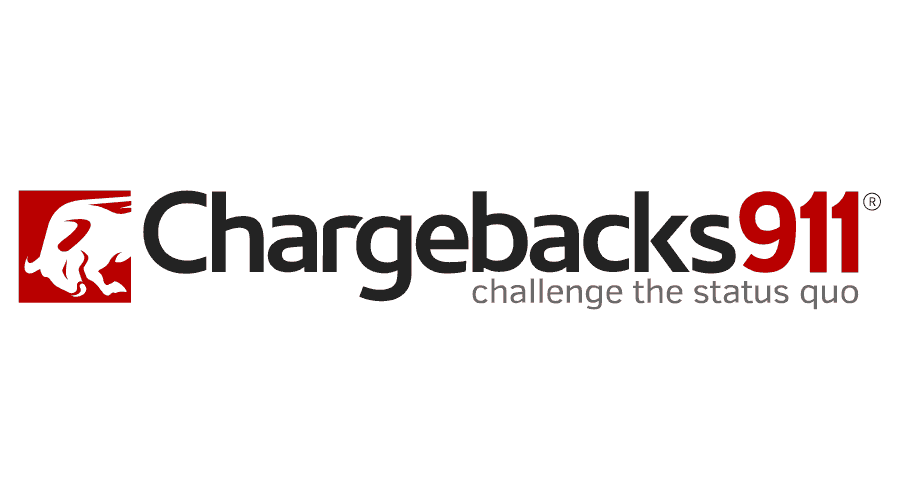



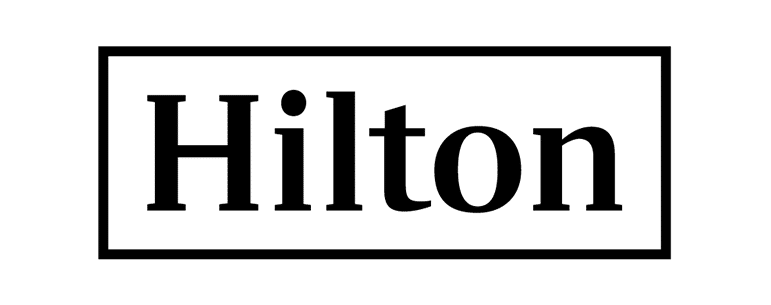

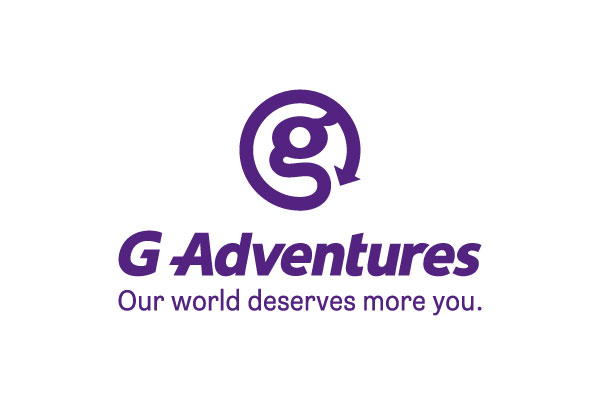
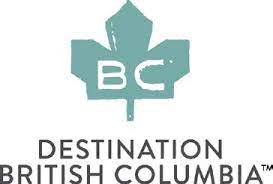







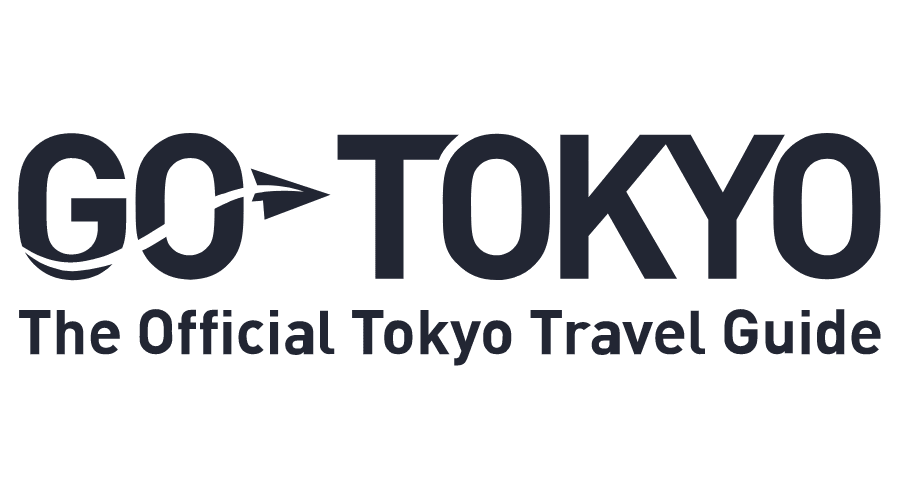

















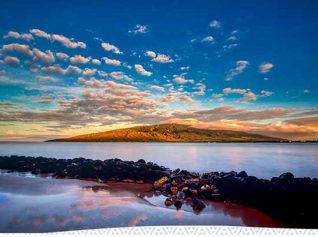
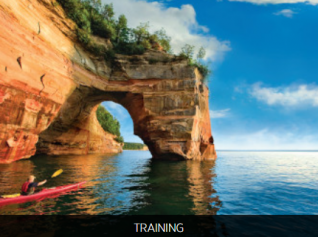






EU airports bring back 100ml liquid rule
British Airways passengers endure 11-hour 'flight to nowhere'
CLIA: Anti-cruise demos could cause itinerary changes in Europe
Co-pilot faints, easyJet flight issues ‘red alert’
Gatwick braces for strike